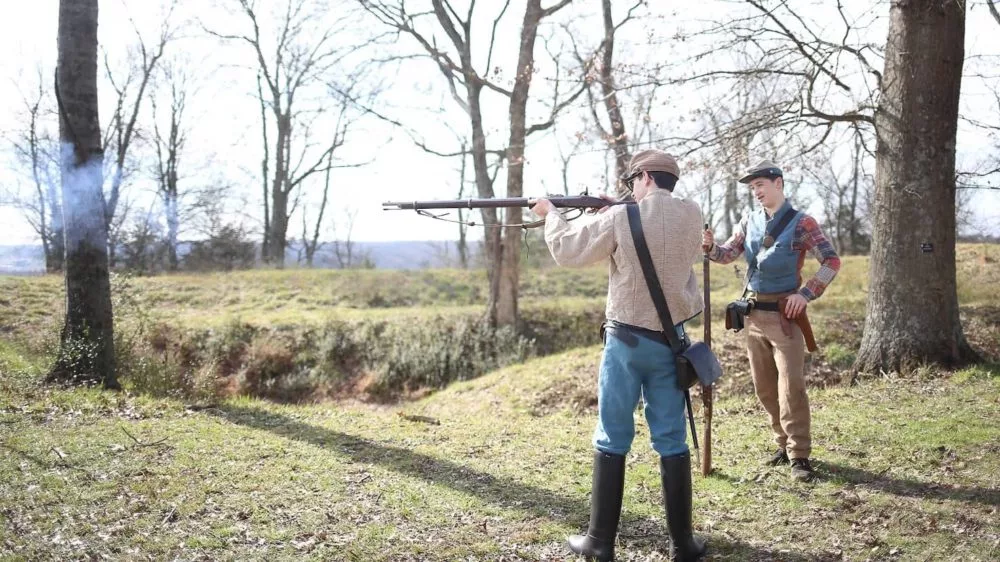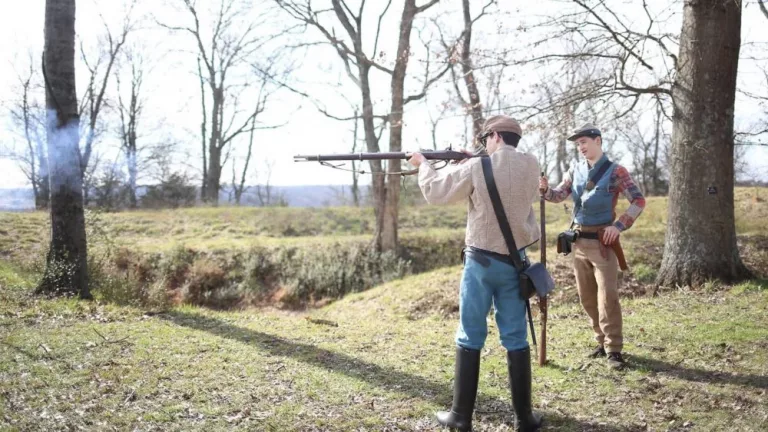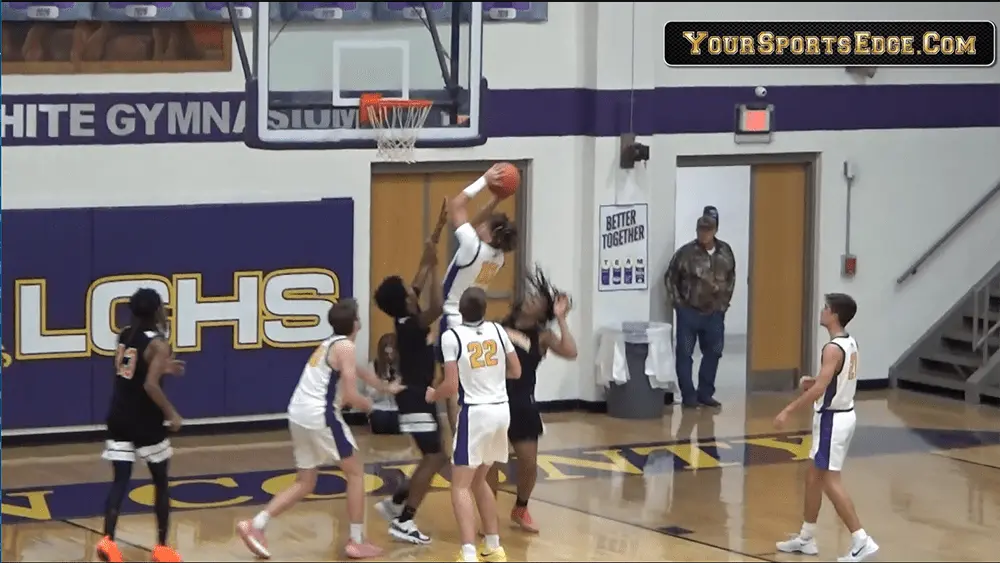
Officials with Fort Defiance Interpretive Center in Clarksville, Tennessee, will host a living history event from 10 AM until 3 PM Saturday, February 17, commemorating the surrender of Fort Defiance to Union soldiers in 1862.
Several new activities and special guests grace the event this year. Dr. Curt Fields will appear as General Ulysses S. Grant at 10 AM, and Historical Interpreter William Parker will be giving a special talk titled “The Soldiers Burden” at 1 PM.
Free to the public, activities and demonstrations will be inside the Interpretive Center and outdoors. Uniformed soldiers will provide living history and cannon-firing demonstrations. Visitors are invited to tour the permanent exhibit and view the film, “Crossroads of Change.”
Roxanne Jenkins, associate historical interpreter at Fort Defiance, said the surrender event is “one of the biggest and oldest annual events” for the location, and as such, they want to welcome visitors to learn about the role Clarksvillians had during the Civil War, and the impact the five-year waylay had on America.
For information about Fort Defiance, visit ClarksvilleParkRec.com or call 931-645-7476.
About Fort Defiance
The surrender of Clarksville was a “significant event” in Civil War history, because it opened the South to Union forces, and eventually led to the capture of Nashville, Tennessee.
Located at 120 Duncan Street, the site is operated by the Clarksville Parks & Recreation Department.
The fort overlooks the confluence of the Red and Cumberland rivers, and was a cornerstone of the Confederate defense of the area and an important part of the Union occupation of Clarksville.
In 1982, Judge and Mrs. Sam Boaz donated the property to the City of Clarksville. In 2008, officials with the City of Clarksville secured a $2.2 million federal grant that, combined with local funding, helped build the center and its walking trails.
The Center features exhibits about the local area and the fort during the Civil War.
Formerly known as both Fort Sevier and Fort Bruce, Union gunboats came up the river February 19, 1862, from Fort Donelson, and reported the location deserted with a white flag atop its ranks.
Union forces opted to take over the fort in order to control traffic along the Hopkinsville Pike, and a garrison — made up mostly of 71st Ohio Volunteers — remained behind as the march deeper south continued.






